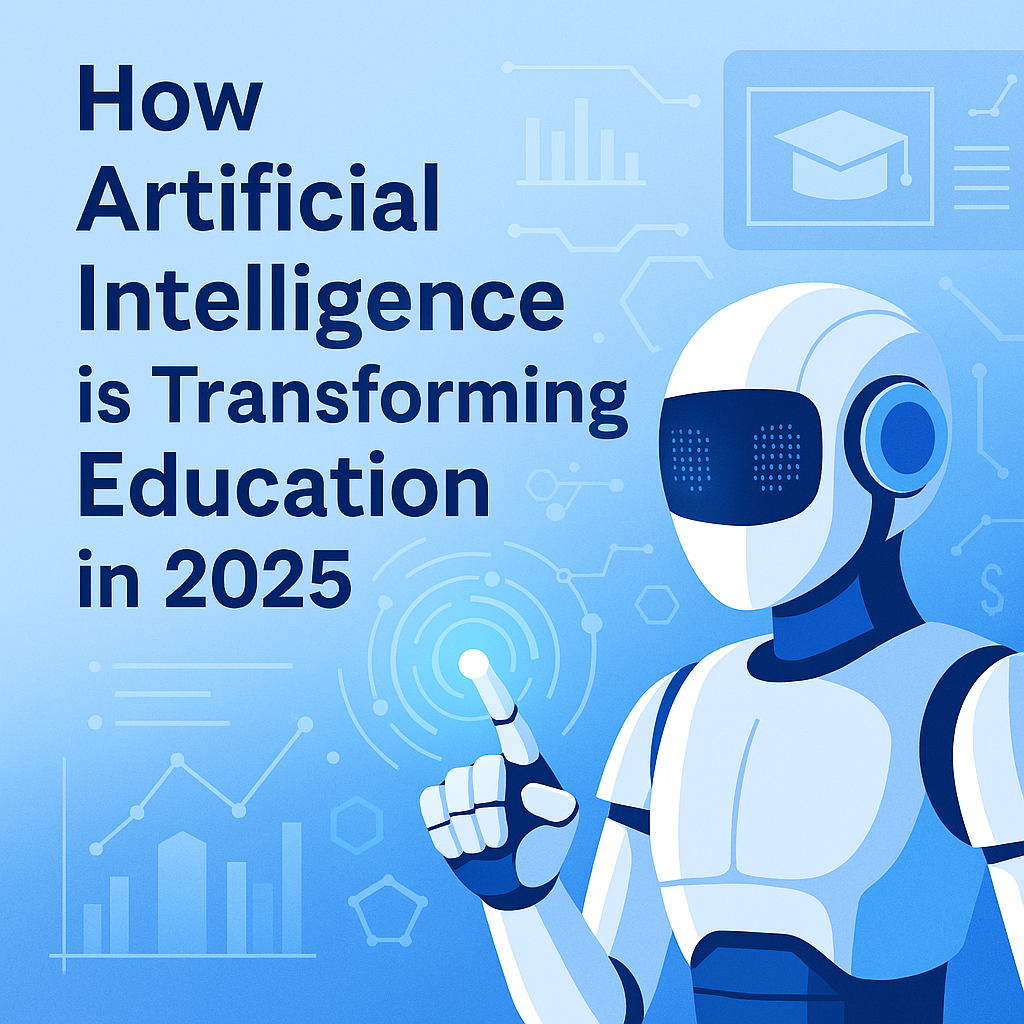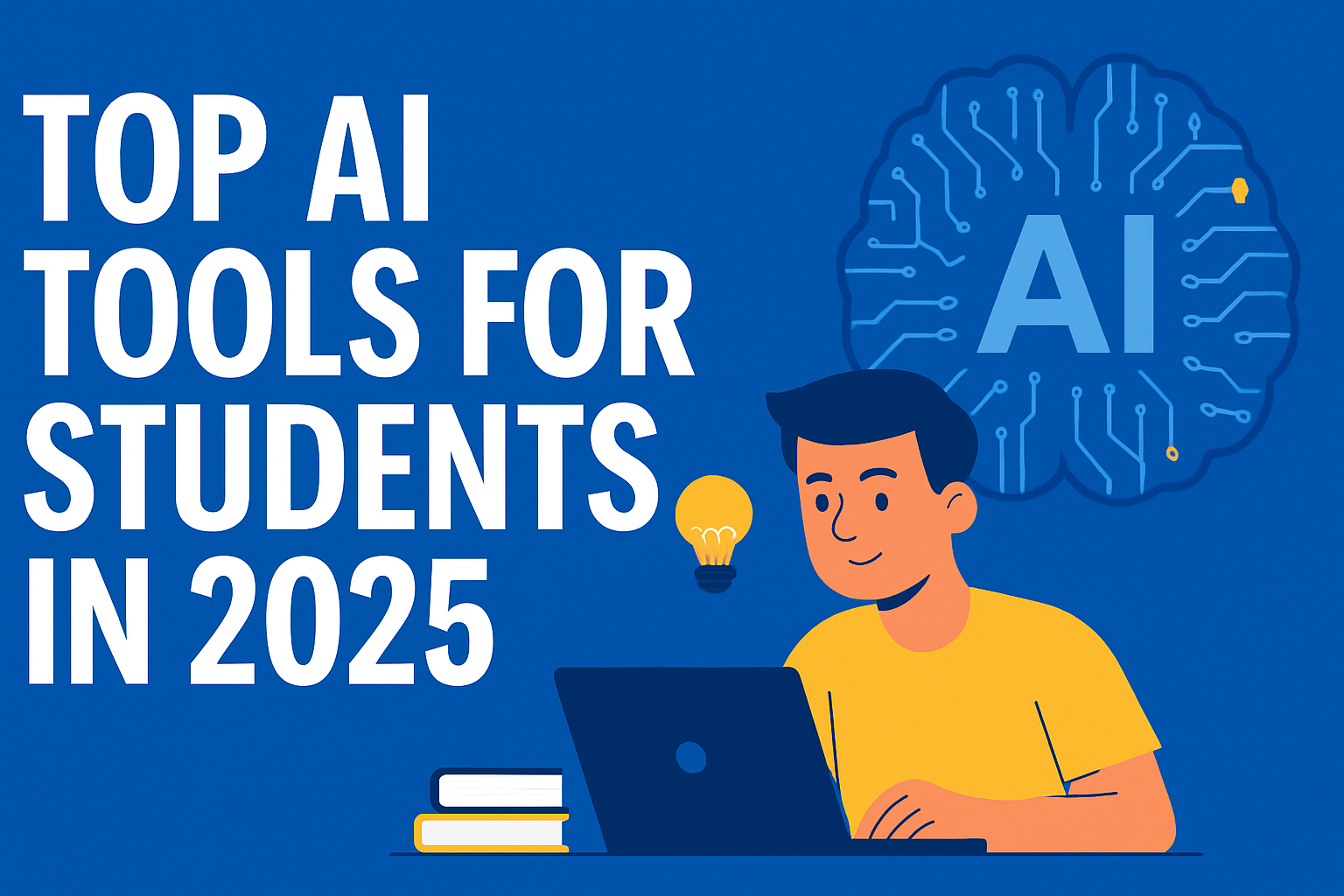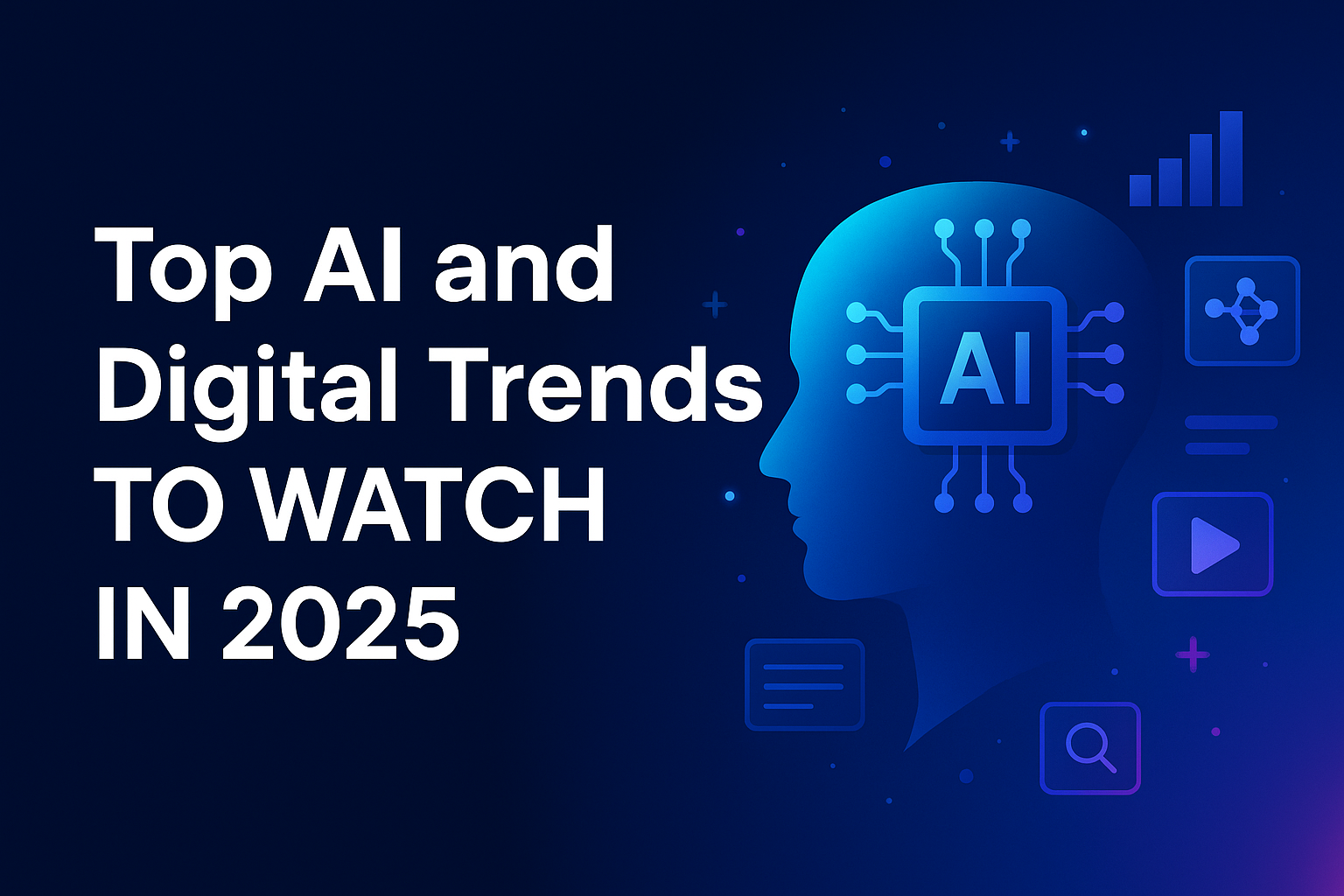Introduction
The education landscape is undergoing a massive transformation, thanks to the advancements in Artificial Intelligence (AI). As we move deeper into 2025, traditional methods of teaching and learning are being rapidly replaced or augmented by AI-powered solutions. From personalized learning experiences to intelligent tutoring systems, the role of AI in education is becoming more pivotal than ever before.
In this article, we will explore how AI is transforming education in 2025, covering its applications, benefits, challenges, and the future outlook. Whether you are a student, teacher, administrator, or policymaker, understanding the impact of AI in education is essential in this digital age.
Table of Contents
- The Rise of AI in Education
- Smart Classrooms and AI
- Personalized Learning Experiences
- AI-Powered Tutoring Systems
- Real-Time Analytics and Student Performance
- Language Learning with AI
- Inclusive Education through AI
- AI for Administrative Efficiency
- Ethical Considerations and Challenges
- Future Trends and Innovations
- Conclusion
1. The Rise of AI in Education
AI in education 2025 is not a futuristic concept anymore—it is our current reality. The integration of AI technologies in schools and universities is reshaping the way knowledge is delivered and consumed. Intelligent systems are now capable of understanding student needs, adapting content delivery, and providing insights that were previously unimaginable.
2. Smart Classrooms and AI
Smart classrooms equipped with AI technologies are redefining the classroom experience. These classrooms use facial recognition for attendance, voice assistants for queries, and AI-based monitoring tools to track student engagement. Interactive whiteboards and digital content further enrich the learning environment.
Alt Text: Smart Classroom Powered by AI
3. Personalized Learning Experiences
One of the biggest contributions of AI in education is personalized learning. AI systems analyze student data to customize learning paths based on individual strengths, weaknesses, pace, and interests. This results in better academic outcomes and higher student satisfaction.
Alt Text: AI Customizing Student Learning Path
4. AI-Powered Tutoring Systems
AI-powered tutoring systems like chatbots and virtual mentors are available 24/7 to help students with homework, test preparation, and concept clarification. These systems can handle multiple queries simultaneously and adapt their responses based on student interaction history.
Alt Text: Virtual AI Tutor Assisting a Student
5. Real-Time Analytics and Student Performance
AI tools provide real-time insights into student performance, helping educators identify learning gaps early and intervene promptly. Dashboards powered by AI offer detailed reports on attendance, performance trends, and predictive analytics.
Alt Text: AI Dashboard Showing Student Performance Analytics
6. Language Learning with AI
AI-based language learning apps use speech recognition, natural language processing, and machine learning to help users learn new languages more effectively. These tools offer instant feedback on pronunciation, grammar, and vocabulary.
Alt Text: AI-Based Language Learning App Interface
7. Inclusive Education through AI
AI technologies are helping to create inclusive learning environments by supporting students with disabilities. Tools like text-to-speech, speech-to-text, and image recognition make education accessible for all, breaking down barriers to learning.
Alt Text: AI Tools Supporting Inclusive Education
8. AI for Administrative Efficiency
Beyond classrooms, AI is streamlining administrative tasks such as grading, enrollment, scheduling, and communication. This reduces the workload on staff and allows them to focus more on student interaction and curriculum planning.
Alt Text: AI Streamlining School Administration
9. Ethical Considerations and Challenges
Despite the benefits, the use of AI in education raises concerns about data privacy, algorithmic bias, and digital divide. It is crucial to establish ethical frameworks and regulatory policies to ensure responsible AI integration.
Alt Text: Ethical AI Use in Education Illustration
10. Future Trends and Innovations
As AI continues to evolve, we can expect more advanced tools like emotion-detection software, predictive career guidance systems, and AI-driven curriculum design. The future of AI in education is exciting and holds immense potential.
Alt Text: Future AI Trends in Education
Conclusion
AI in education 2025 is more than just a technological trend—it is a movement that is reshaping the way we teach and learn. With its ability to personalize learning, automate tasks, and provide deep insights, AI is making education more effective, inclusive, and adaptive. However, responsible use and ethical considerations must remain at the forefront of this transformation.
To stay ahead in this AI-driven era, educators and institutions must embrace innovation, invest in AI literacy, and foster a culture of continuous learning. The future of education is here, and it is powered by AI.
Internal Links:
- Top 5 AI Tools Revolutionizing Businesses in 2025
- 7 Breakthrough Medical Technologies That Are Changing Healthcare in 2025
External Links:





One thought on “How Artificial Intelligence is Transforming Education in 2025”